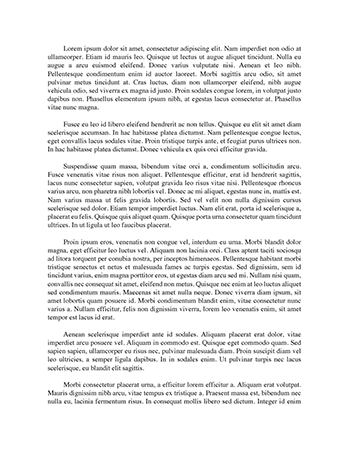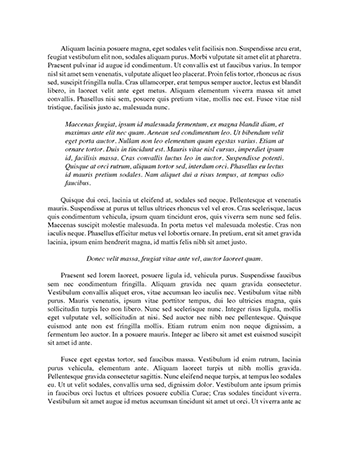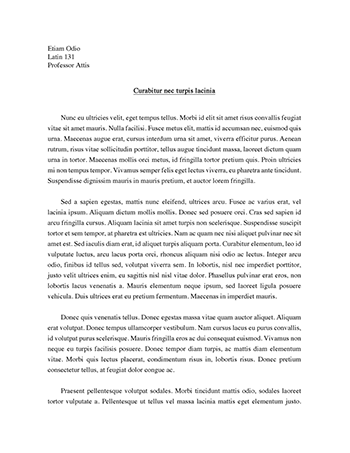
EYMP 5 1 Essay
Speech Speech for children and young people is an essential part of growing up. Speech is the process of vocalising language. Speech is produced by the muscle actions that occur in the head and neck, chest and abdomen. When children and young people learn to speak they discover how to regulate and coordinate their muscles to produce a number of different sounds, which then when combined results in words that others can understand. There are more than 40 sounds to master in the English language alone…
Words 447 - Pages 2


